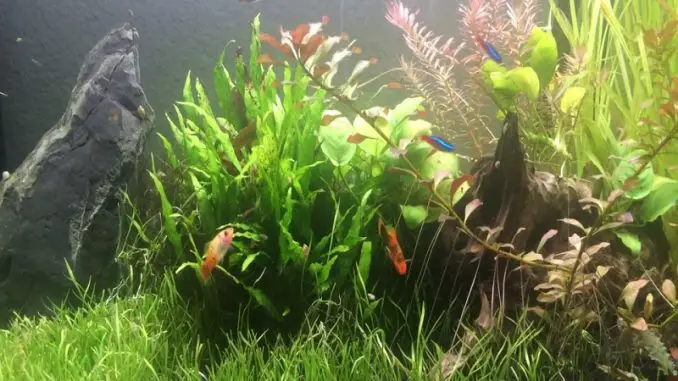
You may be more familiar with the common name of Lilaeopsis Brasiliensis: the Brazilian Micro Sword. The latter is certainly easier to pronounce. Even if you haven’t heard its name, you’ve likely seen this carpet plant in the foreground of a freshwater aquarium.
Also known as Carpet Grass, Copragrass, and Micro Sword Grass, the lush plant grows out not up, topping off at only 3 inches (7.6 cm). This smaller size makes it one of the few plants that can be grown even in a micro tank.
In the wild, Lilaeopsis grows both emergent and submersed in streams and riverbanks throughout South America.
Although it is not a beginner plant, it is a good place to start if you’re trying to carpet for the first time.
Novice and expert aquarists alike appreciate the natural look of Lilaeopsis, which, when densely plants, resembles wild grass.
In this article, I’ll discuss everything you need to know about growing and maintaining these beautiful carpet plants. I’ll also cover some of the beneficial features of these plants. Whether you have a large or small aquarium, Lilaeopsis adds a lush vibe to the aquascape.
TABLE OF CONTENTS
Lilaeopsis Facts & Overview
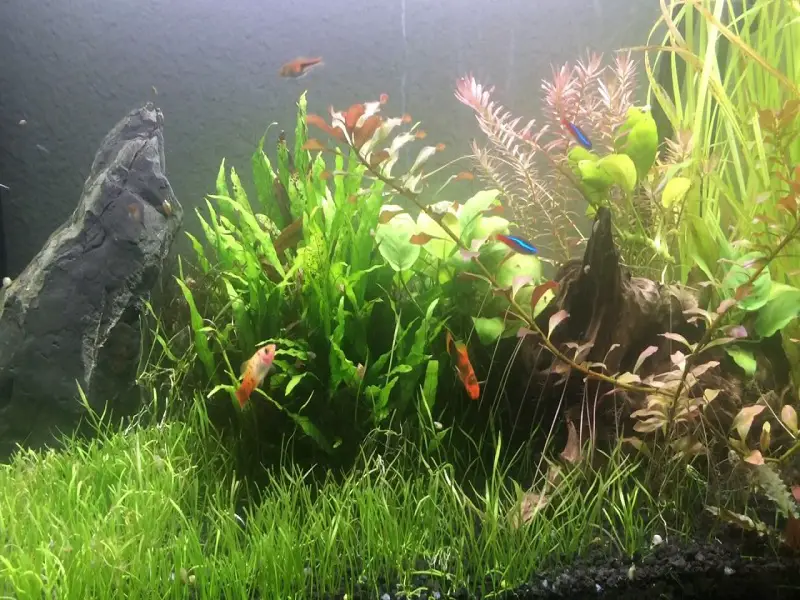
| Category | Rating |
| Care Level: | Easy to Moderate |
| Temperature: | 72° to 85°F (22.2° - 29.4°C) |
| Color Form: | Green and red |
| Propagation: | 1 year |
| Size: | 1-3 inches |
| pH: | 5.0-7.5 |
| Family: | Apiaceae |
| Minimum Tank Size: | 5 gallons |
| Placement: | Foreground |
| Lighting: | Moderate to high |
Hailing from South America, Lilaeopsis Brasiliensis grows along the lakes and streams of Argentina, Brazil, and Paraguay. You can also find this carpet plant thriving on the banks of ditches, swamps, and other wetlands.
As versatile in the home aquarium as it is in the wild, Lilaeopsis Brasiliensis is usually planted in the foreground of the tank. This plant is well known and well-loved throughout the aquarium hobby, from beginners to experts, although beginners may face some challenges in forming a perfect lawn or carpet.
These plants are popular due to their physical appeal and the natural effect that the lawn creates.
Typical Behavior/Features
Lilaeopsis is a slow-to-moderate growing plant. It will take several months to complete a full carpet of the tank floor, depending of course on the size of your tank. You could speed up the process by replanting clippings.
Responding quite well to light, Lilaeopsis will grow predictably: under bright, intense light, it will grow out like a carpet. In low-to-moderate dimmer light, it will grow taller rather than out, so if you want to create the lawn effect in your aquarium, keep the light bright and intense.
Lilaeopsis Brasiliensis offers many benefits to your aquarium community. Although it usually only grows to 3 inches in height, that is still taller than many other aquatic carpets, which means it provides cover and safety for small fish and invertebrates, as well as eggs and new fry.
It won’t harm any of your aquarium residents, and also helps keep the water clean and fresh. Lilaeopsis Brasiliensis is aesthetically pleasing and versatile enough to be planted inside and outside, in smaller and larger tanks, and in aquariums and paludariums.
Appearance
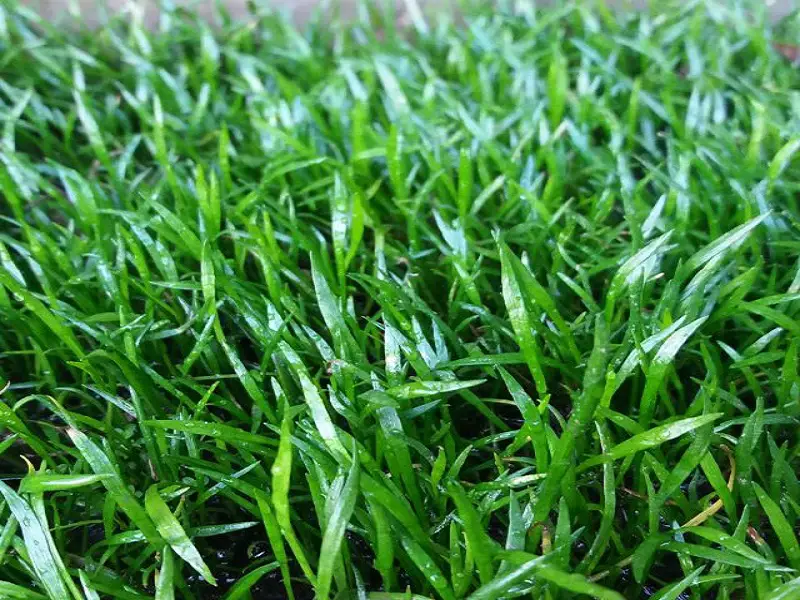
When Lilaeopsis has created a full carpet along the tank floor, it will very much resemble the grass in your backyard, perhaps a little shinier and thicker. Unlike traditional plants, the leaves of the Brazilian Micro Sword are narrow at the bottom and grow wider as they get to the middle; they are flat rather than oval or round.
The coloration is light green, and they grow from a rhizome, which has nodes from which roots and shoots emerge. The roots have a thin, white appearance.
These plants only grow 1-3 inches high, depending on how much light they get.
Habitat and Tank Conditions
Starting with the substrate, I recommend a nutrient-rich soil for Lilaeopsis Brasiliensis, as it gets the bulk of its nutrition from the soil.
If you are growing Lilaeopsis in an outdoor pond, it will likely be emergent, meaning that its roots are underwater, but the stems come up above the water.
If you are growing Lilaeopsis in an aquarium, it will be completely submerged, with none of the plants breaking the waterline.
One non-negotiable feature of the Lilaeopsis’ habitat is direct, bright light. Proper growth will not occur in dim light or shade.
Water Conditions
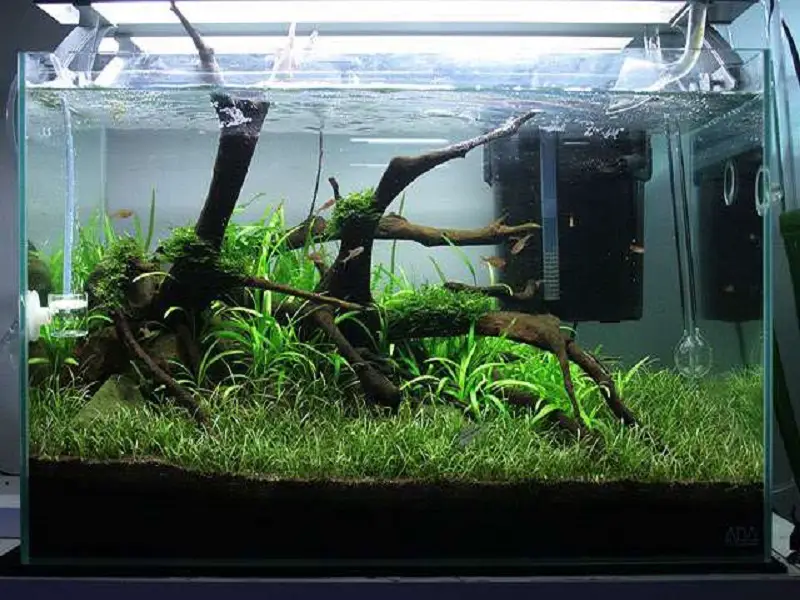
Lilaeopsis Brasiliensis thrives in soft to moderately hard water that is slightly alkaline. It has a fairly wide temperature range but needs to remain in tropical parameters. You’ll also need to add nutrients to the water so that the plant gets all the nutrition it needs for proper growth.
The optimal parameters to ensure the best quality of life for Lilaeopsis:
- pH levels: at least 5.0-7.5
- Water temperature: 72°F to 85°F (22.2° – 29.4° C)
What Size Aquarium Do They Need?
Lilaeopsis is a small plant, so it is suitable for even micro tanks. However, they can be planted in larger tanks, as well. What size tank you use will be more dependent on the fish you are housing.
Planting and Growing
Before planting the Lilaeopsis in the substrate, you should trim the roots with a razor or sharp scissors, which will ensure that the roots will take more quickly. These are fragile plants, so be gentle as you bury the roots completely in the substrate.
In order to achieve the desired carpet effect, you have two choices:
- Plant the Lilaeopsis in a single area, letting it spread across the tank floor
- Plant several Lilaeopsis stems diagonally in rows, similar to a chessboard.
If you choose option 2, plant the stems about an eighth of an inch apart. Be patient, it will take several months for the growth to completely cover the tank floor.
Make sure that the stems have access to direct light; there should be no shade in their path.
Lilaeopsis requires constant pruning, and you should ensure that there are no runners spreading over other plants.
Clippings can be replanted in the substrate of the tank or moved to other tanks (make sure to quarantine, though, before adding anything to a new tank.)
If you have an outdoor pond, you can plant Lilaeopsis Brasiliensis there, as well.
Care
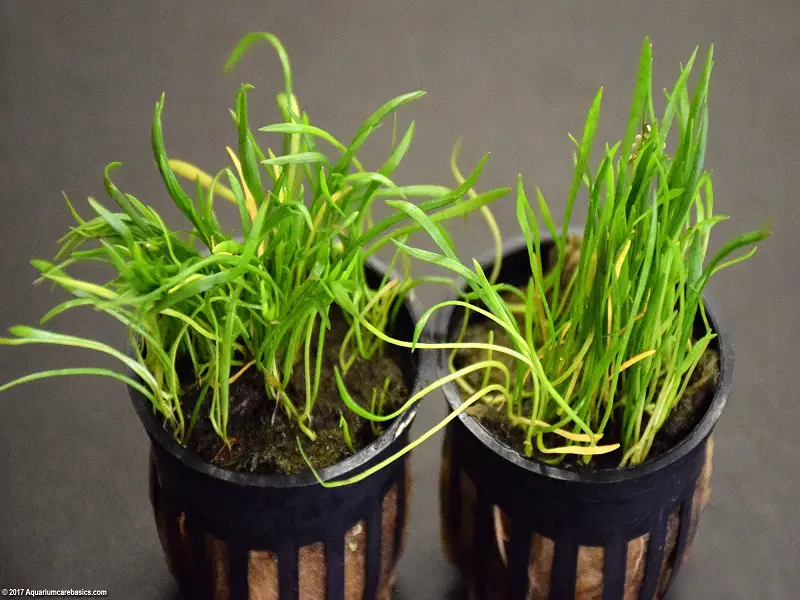
Lilaeopsis get much of their nutrition from the substrate, but you may also need to supplement with fertilizer, either liquid or in tablets. I would recommend tablets if you can get them since you can target those near the roots of the plant.
You can also help their growth with CO2 infusions or injections, and by adding nitrate, potassium, and phosphate to the water.
Be on the lookout for algae, which can develop on their leaves due to the slow growth process and intense lighting. Unless you have a cleaner snail or fish, you’ll have to clean off any algae that collect on the leaves.
Is Lilaeopsis Suitable for your Aquarium?
If you’re not keeping large cichlids in your home aquarium, you should be able to keep Lilaeopsis without a problem. If you do have Jack Dempseys, Oscars, or other large cichlids, you may want to skip the Brazilian Micro Sword, as they will dig it all up without a second thought.
If you like the idea of an aquarium with a carpet of grass, I recommend Lilaeopsis. This plant provides a safe hiding place for eggs and newly hatched fry, and will also protect smaller fish and invertebrates.
Although it can be challenging to attempt to grow and propagate a carpet plant, Lilaeopsis adds a lot to the aesthetics of your aquascape and provides a lot of benefits to your aquarium residents. It’s a versatile plant well suited for aquariums of all sizes.
If you grow Lilaeopsis, why not share your experiences with this small aquarium plant? Leave your stories in the comment section below!


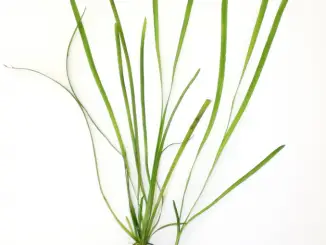
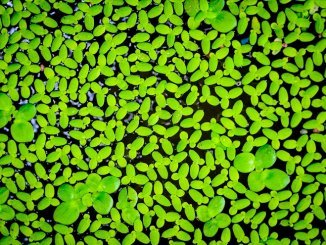
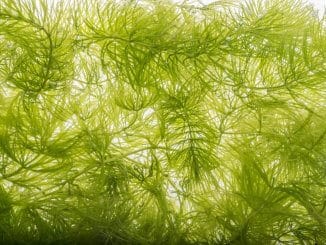
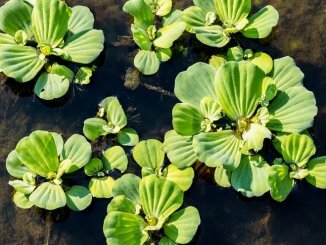
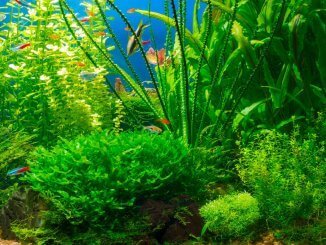
I think I might have made the wrong decision I bought this plant today & should have done my homework first & on reading this about the plant ,I planted it today in one whole lump it just said front postion & I didn’t realise it was going to be a carpet also about feeding them also so I’m about to learn about it all I’ve only got a 23 litre tank with other plants in I’m changing from plastic plants .